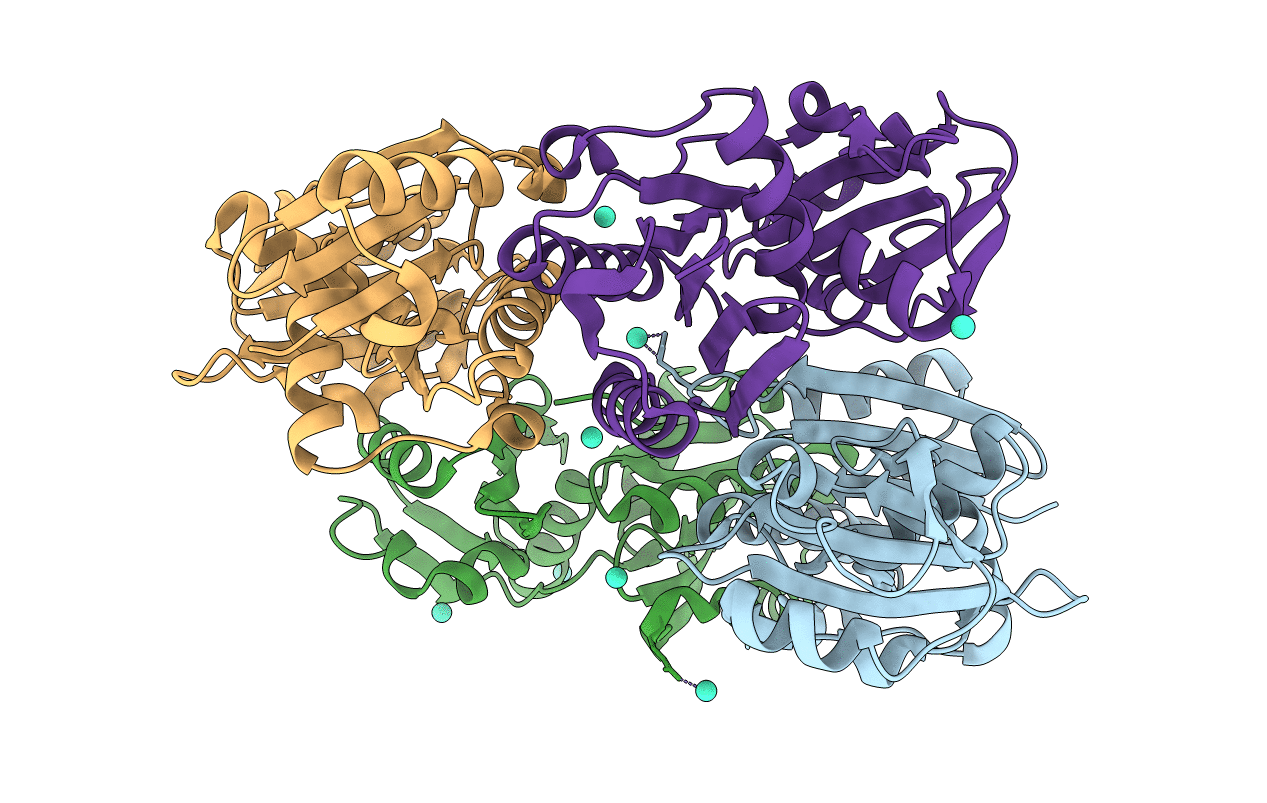
Deposition Date
2003-07-26
Release Date
2004-09-16
Last Version Date
2024-11-20
Entry Detail
PDB ID:
1OKJ
Keywords:
Title:
crystal structure of the essential E. coli YeaZ protein by MAD method using the gadolinium complex "DOTMA"
Biological Source:
Source Organism:
ESCHERICHIA COLI (Taxon ID: 83333)
Host Organism:
Method Details:
Experimental Method:
Resolution:
2.28 Å
R-Value Free:
0.25
R-Value Work:
0.21
R-Value Observed:
0.21
Space Group:
P 21 21 21


